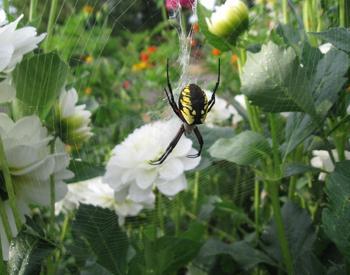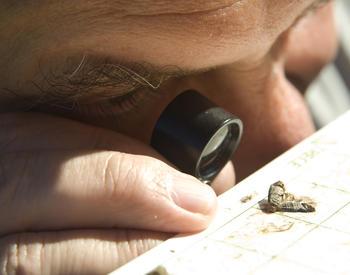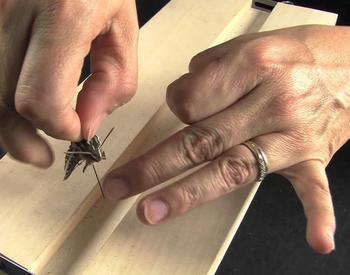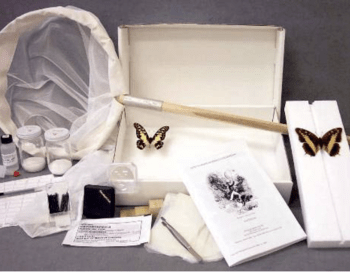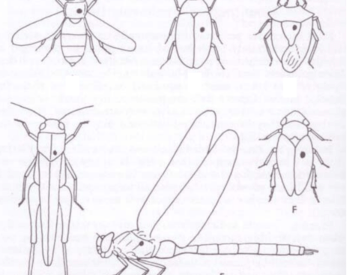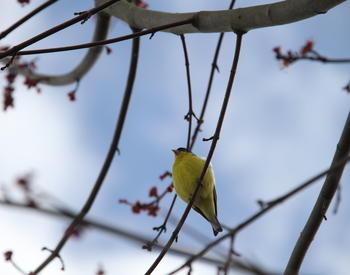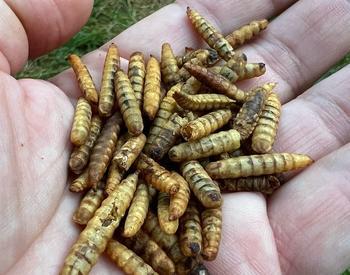Habitat
Wolf spiders are a common household pest in the fall when they are looking for a warm place to overwinter. They are commonly found around doors, windows, house plants, basements and garages. They do not spin a web but roam at night to hunt for food. Wolf spiders are often confused with the brown recluse spider, but wolf spiders lack the unmistakable violin-shaped marking behind the head that the brown recluse has. The wolf spider is shy and seeks to run away when disturbed.
Description
Wolf spiders are 1/2 inch to 2 inches long, hairy, and brown to gray with various markings or lines. Wolf spider mothers carry their large egg sacs around with them. When the young spiderlings hatch, they climb onto their mother's back and ride around until partially grown. Wolf spiders are not poisonous, though as with all spiders, bites may cause reactions in certain individuals.
Control
Please contact your local county Extension office for current information.
Information provided by Oklahoma Cooperative Extension Service.
